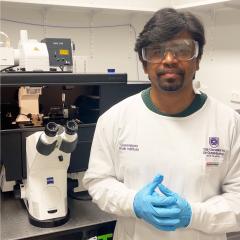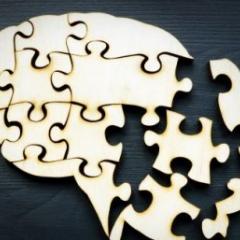University of Queensland researchers have identified a major evolutionary event using muscle-based thermogenesis to show the divergence of mammals from cold-blooded animals.
Researchers compared the function of muscle fibres in mammals with those in cold-blooded animals under identical conditions.
Specifically, the study analysed dissolved calcium in muscle fibres obtained from people with malignant hyperthermia, which is a condition often related to a ryanodine receptor mutation that makes these channels susceptible to opening when exposed to trigger agonists, and that of cane toads and mice.
UQ School of Biomedical Science Associate Professor Bradley Launikonis said researchers found that the resting muscles in mammals generated more heat that could be moved to other parts of the body through circulation.
“Cold-blooded animals, like frogs and toads, and warm-blooded mammals, such as humans, use the same basic muscle structures to generate force for posture and movement,” he said.
“The muscles in both groups continue to work when resting, similar to a car engine idling, to maintain readiness for contraction at any given moment, which uses energy and generates a small amount of heat.”
“However, mammals have evolved their muscles to become heat generators while their muscles are resting, giving them with a major advantage in regulating their body temperature when outside temperatures drop,” Dr Launikonis said.
The change allows the mammal muscle to tolerate rises in dissolved calcium levels in muscle fluid, which forces the muscle to use energy to remove the dissolved calcium.
Dr Launikonis said this process generates heat as a by-product that the mammalian body harnesses for warmth.
“This has been developed, in part, by evolutionary isolation of one calcium channel in the muscle of mammals, compared to the two that still exist in cold-blooded animals.
“This study advances the knowledge of our evolution as mammals and provides a foundation for further harnessing our resting muscle to consume energy while resting.
“This could, for example, assist with weight loss in people with obesity.”
This paper is published in the journal The Proceedings of the National Academy of Sciences (PNAS). DOI: 10.1073/pnas.2117503120



